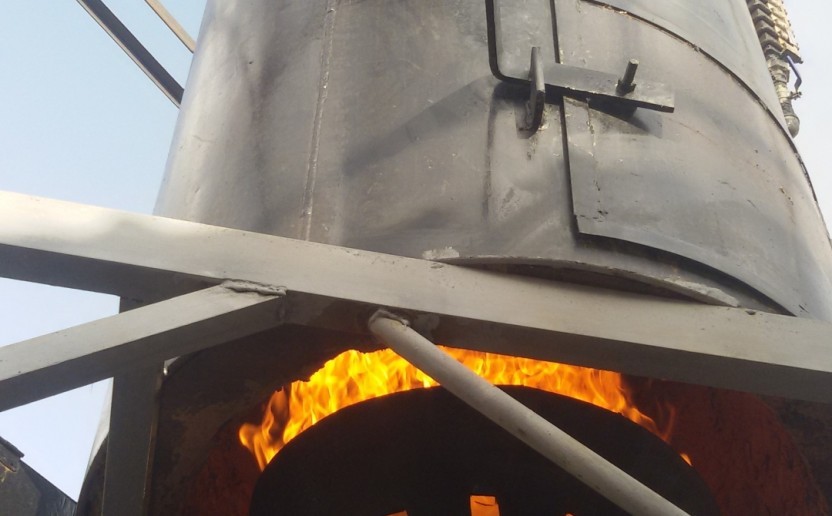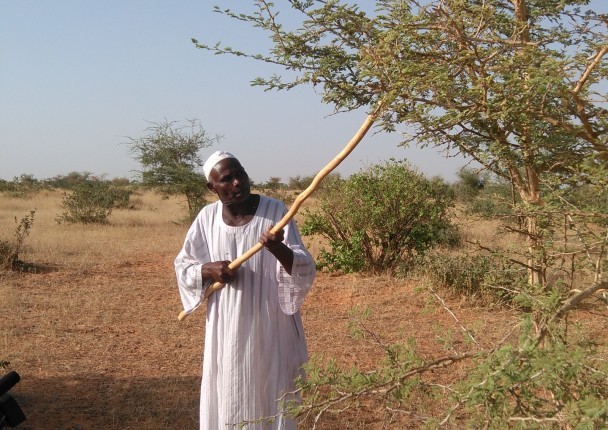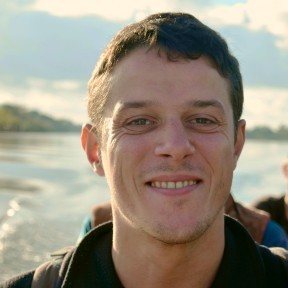KEUR SAMBEL - Fighting against deforestation and rural development in Keur Sambel forest in Senegal
Partners
Main goals
With a low Human Development Index, Senegal is strongly affected by the global effects of climate change: floods, late and erratic rains, recurrent droughts, loss of agricultural lands. Meanwhile, facing rapid population growth, Senegal drew excessively in its forest resources (more than 80 000 hectares of forest disappear every year) while the socio-economic development is intrinsically linked to the wealth of these natural resources.
The project takes place in the Keur Sambel forest in the natural region of Sine Saloum. This 200 ha forest was classified in 1950 but the forest canopy of Keur Sambel is decreasing every year because of excessive cutting for domestic needs or commercial timber, bark collection for local pharmacopoeia and bushfires.
Specific objectives
Keur Sambel forest resources are exploited and sold, mainly by poachers living outside of the area. Faced with this precariousness, sustainable alternatives must be implemented to improve the living conditions of the local population and protect the ecosystems on which they depend.
The project aims at protecting Sine Saloum forest resources by local communities. Through encouraging participatory management of forest resources and appropriate social communication tools, the project supports local initiatives dedicated to forest co-management and to the development of agroforestry areas in the buffer zone.
Beneficiaries
The project particularly targets two villages close to the forest: Keur Sambel (400 inhabitants) and Santhie Bera (300 inhabitants) and two villages whose inhabitants occasionally use the forest (Diaglé - 1000 inhabitants and Sandicoly - 880 inhabitants).
Results
R1. Fight against deforestation
R2. Fight against bushfires
R3. Reforestation
R4. Protection and sustainable management of forest resources
R5. Assisted natural regeneration and enhancement of the local biodiversity
R6. Reduction of greenhouse gas emissions and preservation / restoration of forest carbon sinks
R7. Food and energy self-sufficiency
R8. Knowledge transfer and assimilation
R9. Involvement of all stakeholders
R10. Communities strengthening and improving living conditions by creating income-generating activities
Activities
A1 Establishment of a local agreement for participatory forest management of Keur Sambel
A2 Establishment of 4 agroforestry areas (1 per village)
A3 Evaluation of the environmental impact of actions implemented on the ground.
Related people
Clovis Grinand
PhD in Functional Ecology and Agronomic Sciences (SupAgro, IRD and CIRAD) and specialized in Localized Information Systems for Spatial Planning (AgroParisTech), he is an expert in land use change monitoring using remote sensing, digital soil mapping and spatial modeling applied to forestry, agronomy and landscape ecology. He is the author of numerous international scientific publications.
See moreH2MALI - Equip a unit with a cashew she…



